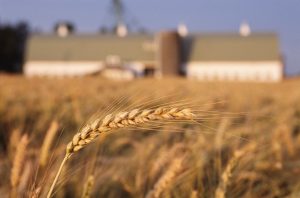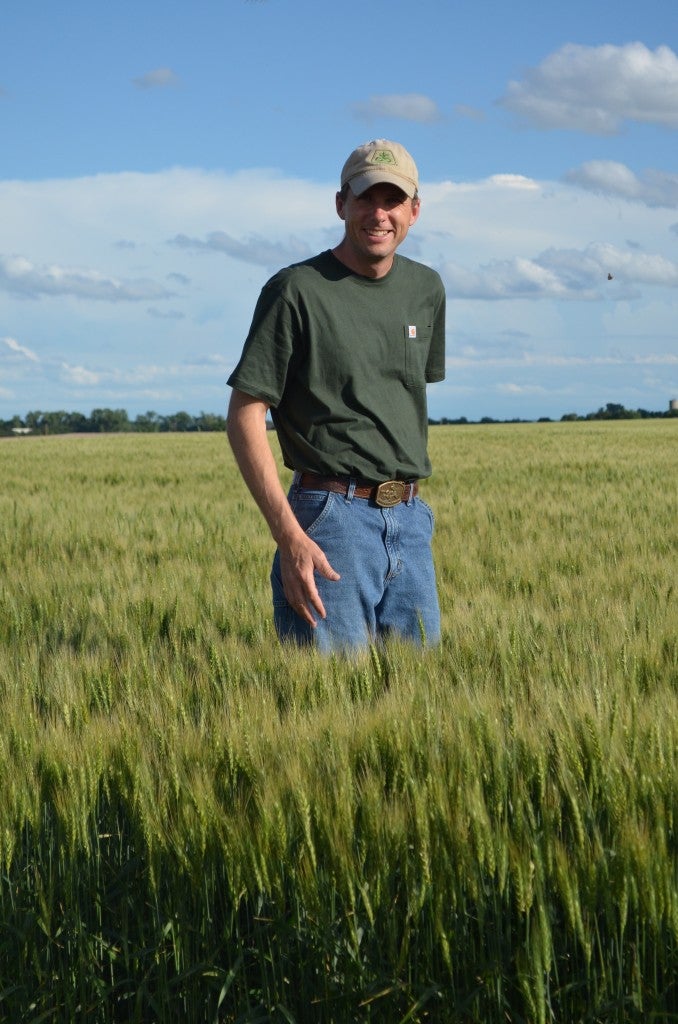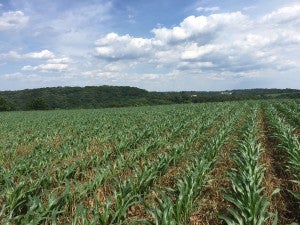 Whether in agriculture or any other business, if you don’t have enough money coming in to pay the bills, it’s hard to find the time or resources for anything other than working to turn a red budget spreadsheet black.
Whether in agriculture or any other business, if you don’t have enough money coming in to pay the bills, it’s hard to find the time or resources for anything other than working to turn a red budget spreadsheet black.
A wheat farmer friend from Washington recently told me that current prices are $4/bushel, the same as 40 years ago. Take into account inflation, and that’s a significant decline. Nationally, the USDA predicts that net farm income will drop by almost 9 percent this year, the fourth year in a row of declines after reaching a record high in 2013. Farmers also face enormous volatility in income, with fluctuations in yield, demand, as well as crop and input prices.
It’s no surprise then that environmentalists’ calls to cut crop insurance, disaster programs or other conservation payments fall on deaf ears in the agricultural community – or serve only to raise blood pressure levels across the Corn Belt. Read More










 Farmers have a host of competing priorities clamoring for their time, energy and money. Fortunately, they often have trusted advisers to help them make good decisions for their operations – including about conservation practices on the farm.
Farmers have a host of competing priorities clamoring for their time, energy and money. Fortunately, they often have trusted advisers to help them make good decisions for their operations – including about conservation practices on the farm.
 I first met Justin Knopf at a meeting in DC about five years ago. At 6’3”, he definitely stood out, but not just physically. He openly conveyed how important his family and his land are – the reason he cares so much about making sure his Kansas farming operation can live on is for his children. It’s rare to meet someone so articulate, sincere and committed to sustainability.
I first met Justin Knopf at a meeting in DC about five years ago. At 6’3”, he definitely stood out, but not just physically. He openly conveyed how important his family and his land are – the reason he cares so much about making sure his Kansas farming operation can live on is for his children. It’s rare to meet someone so articulate, sincere and committed to sustainability.